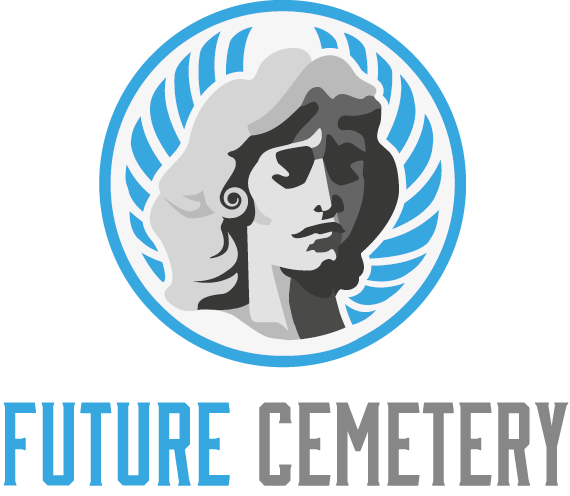When a tragedy or injustice occurs that leaves a mark on a community, it is often memorialized through a public memorial. But designing a meaningful and effective memorial is an inherently challenging task.
Mobility plays a key role in facilitating the emergence of different meanings across the site. The physical transition from the Memorial Hall below to the Memorial Park ground level generates an uplifting experience.
Memorial Wall
The Memorial Wall consists of two parallel walls of polished black granite, each containing 70 panels that list names of service members who were killed in the Vietnam War. The names are listed chronologically, beginning with the bombing of Beirut and ending on April 30, 1975.
A bronze eagle sculpted by Albino Manca and holding a laurel wreath, stands atop the memorial. It is designed to represent the spirit of the fallen and the freedom that they defended.
Memorial Park has miles of multi-use trails, a sand volleyball court and rugby/soccer fields. The park also features family camping areas and the Tan Oak and Mt. Ellen Nature Trails.
The Memorial Park Conservancy, spearheaded by Miss Ima Hogg and other local citizens, has worked steadfastly to protect this natural space from encroachments and civic priorities that would have endangered its beauty. The Conservancy, in partnership with the City of Portland, has formalized stewardship of this extraordinary space.
Memorial Fountain
Designed by local architect Addison Mizner and built during the Great Depression, it is one of the most distinctive examples of his celebrated Mediterranean Revival style that would later spread throughout Palm Beach. The memorial stands more than 18 feet tall and features a ciborium inspired by St. Mark’s Basilica in Venice with ornate Romanesque details and Byzantine columns.
The fountain was the result of the generous volunteer work of Tauranga Jaycee members who donated 5000 hours of their free time over 27 weekends to build the fountain. Using the best materials, talent and technology, they used 545 pieces of Cornish granite to create the water display that cascades, bubbles, swirls and splashes before returning to calm pools at its base.
The water in the Memorial Fountain is recirculated, so it does not draw any water from the park except to replace loss through evaporation and wind. It is not a pool that can be swum in, but it is a beautiful place to relax and enjoy its beauty.
Reflective Pool
The centerpiece of the memorial park, the twin waterfall pools mark the footprints of the former North and South Towers. They represent absence made visible, and their mirror-like surface reflects the sky and the surrounding landscape.
The pool’s plaza is surrounded by more than 400 swamp white oak trees, native to the sites of the 9/11 attacks in New York City, Arlington, and Somerset County, Pennsylvania. The tree plantings and the waterscape together frame a journey of Remembrance, Reflection, and Healing.
Unlike fountains that shout with splashes and sprays, reflective pools whisper with elegance. Whether tucked in a garden or a grand monument, they bring a sense of calm to the space, and a moment to pause. And that’s what we need in a memorial park. A little perspective. A little stillness in a world that never stops moving. Reflective pools are more than water; they’re about balance and symmetry, illusion and the art of making us pause.
Curatorial Space
A memorial park offers a more serene experience of remembrance than traditional cemeteries. Instead of a grid of competing tombstones, memorial parks are characterized by dignified sculptured bronze markers lying flat on landscaped plots, allowing visitors to walk through the grounds without distraction. Central water features, statuary, or gathering spots often serve as landmarks to mark burial sections within the larger park-like grounds.
The June 5 Memorial in Philadelphia, designed in remembrance of six people lost in the Center City demolition collapse, uses a series of round plaques with varying colors that correspond to windows in the memorial sculpture, marking where bodies were found. At night, the entire memorial glows with a soft blueish light.
Located in the former Camp Logan WWI cantonment, 416 Memorial Park includes architecture and landscape as a new typology where the building serves education and cultural activities while the garden above acts as an enshrinement space. As you walk around the garden, each tree grows larger and bigger, symbolizing life and death.
